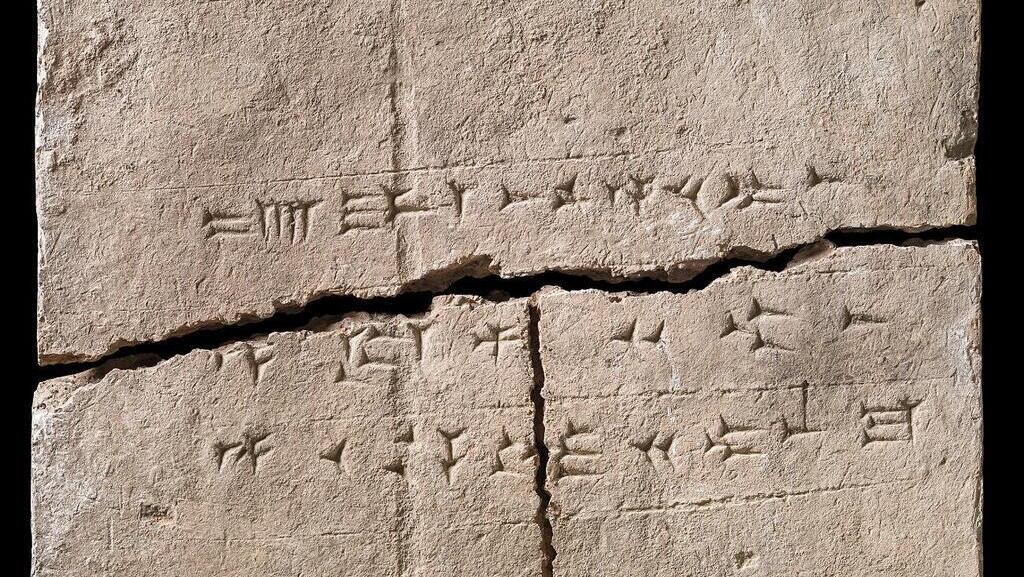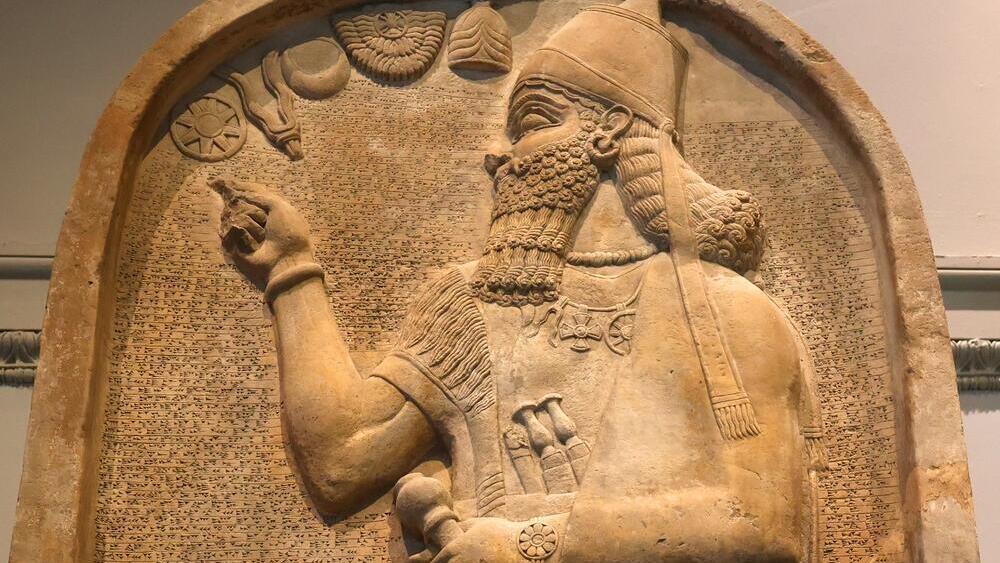Getting your Trinity Audio player ready...
For the first time, a group of researchers successfully extracted DNA from clay bricks dating back 2,900 years. The bricks that are today housed in the Danish National Museum, were molded from mud and mixed with botanical material such as chaff or straw, or animal dung.
Read more:
They were identified and dated by inscriptions in Sumero-Akkadian cuneiform script pronouncing them property of the palace of King Ashrnaspirpal II who ruled the Neo-Assirian empire from 883 to 859 BCE, in the city Kalhu on the banks of the Tigris River, south of modern-day Nimrud in Iraq. The site was first excavated by British archeologists in 1949.
2 View gallery


Cuneiform script on a mud brick taken from a 2,900-year- old palace in modern-day Iraq
(Photo: Arnold Mikkelsen, Jens Lauridsen)
According to a study published in the Scientific Report, the DNA from 34 unique taxonomic groups of plants was detected in the bricks that were protected from contamination inside a mass of clay. "The aDNA screening showed plant species from seven distinct families," the researchers wrote. " The most abundant sequences of plants were from the families Brassicaceae (cabbage) and Ericaceae (heather). Furthermore, contributions were observed from the families Betulaceae (birch), Lauraceae (laurels), Selineae (umbellifers) and Triticeae (cultivated grasses)."
The researchers noted that the fact that the bricks were left to dry in the sun, preserved them for centuries and enabled the extraction of the DNA. "The data we obtained from this brick presented an entirely new opportunity to study different aspects of the ninth-century BCE.," they wrote.



